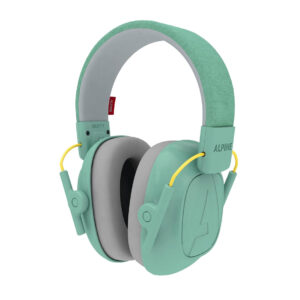
Alpine Muffy CE & ANSI Certified Noise-Cancelling Headphones for Kids
The Alpine Muffy Kids Noise-Canceling Headphones are designed to provide effective hearing protection for children aged 3 to 16 years.
Noise-canceling headphones can be a game-changer for people with autism or hypersensitivity issues. For many, everyday environments are filled with sounds that feel overwhelming—everything from classroom chatter and traffic to household appliances or crowded public spaces. These constant noises can lead to stress, distraction, or even meltdowns.
Noise-canceling headphones help by reducing unwanted background sounds, creating a calmer environment, and giving the wearer more control over their sensory world.
Beyond simply blocking noise, they can improve focus, support emotional regulation, and provide a sense of safety and comfort in situations that might otherwise feel chaotic. Choosing the right pair, with features like comfort, volume control, and durability, ensures that the headphones are not only effective but also pleasant to wear throughout the day.
There are two main ways these headphones work.
Active noise-canceling technology (or ANC) uses electronics to cancel out ambient sounds, which is particularly helpful in very noisy settings such as airports, busy streets, or crowded classrooms. Passive noise isolation, on the other hand, relies on cushioned ear cups to physically block sound, providing relief in less intense environments.
Regardless of the method, comfort is critical when choosing a pair for you or someone you care for. So, let’s take a look at the important features — and why they matter!
When selecting noise-canceling headphones for someone with autism, it’s important to understand the features that make them effective and comfortable. One major feature is active noise cancellation, or ANC, but t here is more. Comfort and fit are equally critical, and so is durability because headphones need to withstand regular use.
These headphones use electronic technology to reduce ambient sounds, making them ideal for very noisy settings such as airports, crowded classrooms, or busy streets. ANC helps individuals with autism manage overwhelming sensory input, allowing them to focus, relax, or feel calmer in chaotic environments.
Volume Limiting: Headphones with built-in volume limiters protect hearing and prevent overstimulation. By keeping sound levels within a safe range, they reduce the risk of auditory discomfort while still allowing the wearer to hear necessary audio cues, such as music, instructions, or alerts.
Adjustable ANC Levels: Some headphones allow the wearer to adjust the level of active noise cancellation. This can be helpful for gradually introducing the headphones or tailoring sound reduction based on the environment, providing flexibility for different sensory needs.
Instead of electronics, passive noise isolation relies on cushioned ear cups to physically block sound. This creates a quieter environment without active technology, which can be sufficient in less intense settings. PNI designs are often simpler, lightweight, and easy to use for everyday activities.
Adjustable headbands and soft, padded ear cups are essential to ensure the headphones can be worn for long periods without causing discomfort or pressure. Comfort is particularly important for people with sensory sensitivities, as even slight discomfort can make headphones unusable.
Lightweight headphones reduce pressure on the head and neck, making them more comfortable for extended use. This is especially important for children or anyone sensitive to weight or tightness on their head.
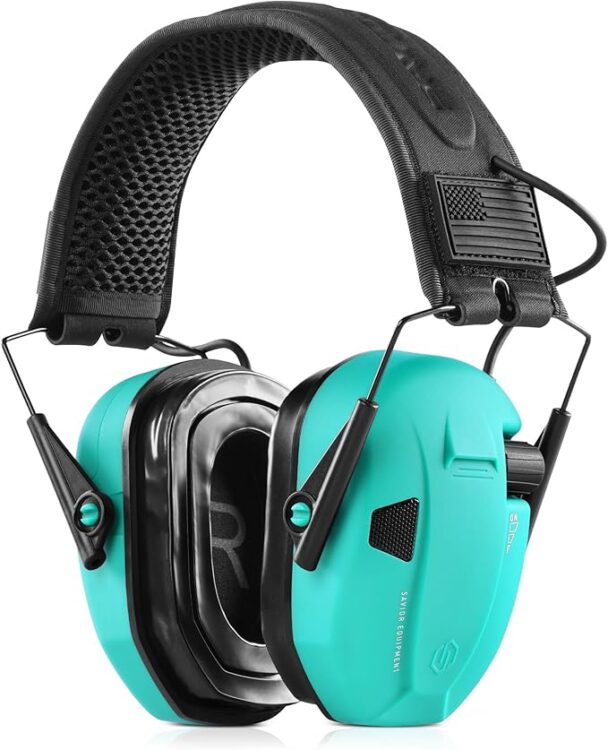
An example of an earmuff kit made with ABS shell and steel frame protection.
A sturdy design ensures the headphones can withstand daily use, including handling by active children or repeated transport in backpacks. Durable construction maintains long-term functionality, preventing frustration from broken or worn-out parts.
Simple controls, such as easy-to-access buttons for power, volume, or ANC, help make headphones user-friendly. Intuitive designs allow individuals to adjust settings without assistance, supporting independence and comfort.
Foldable designs, protective cases, or easy-to-carry options can also make headphones convenient to take to school, work, or travel. Proper storage also protects them from damage and helps maintain longevity.
When I started researching noise-cancelling headphones, I quickly felt overwhelmed by the choice of styles or types. So, I thought it would be a good idea to classify the options into a few simple groups. These are:
I will go through each of these categories comparing pros and cons, and making a few suggestions of products I or someone I know like.
Bulky headphones that cover the entire ear, providing a secure fit and strong noise reduction.
Pros:
Cons:
There are a few differences between headphones for kids and headphones for adults. Size, for one, but also design and features. I’ll divide these into two categories. You can click on the images or titles to learn more about each model and what it offers.
Noise-Cancelling Headphones For Kids:

The Alpine Muffy Kids Noise-Canceling Headphones are designed to provide effective hearing protection for children aged 3 to 16 years.
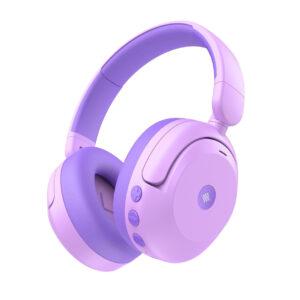
The iClever BTH20 Active Noise Cancelling Headphones are thoughtfully designed to support children with autism and sensory sensitivities.
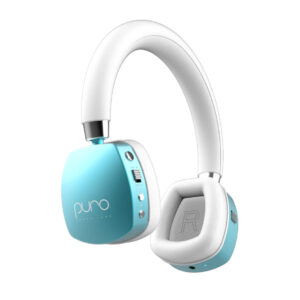
The PuroQuiet Plus are on-ear, Bluetooth wireless headphones with active noise cancelling designed specifically for kids.
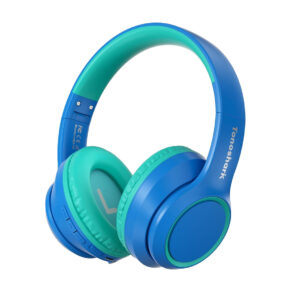
These TONOSHARK headphones are designed with kids aged roughly 8-16 in mind, but many features make them suitable for those with sensory sensitivities.
Noise-Cancelling Headphones For Grown-Ups:
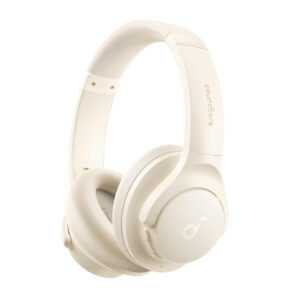
The Soundcore by Anker Q20i Hybrid Active Noise Cancelling Headphones are designed to provide a comfortable and immersive listening experience.
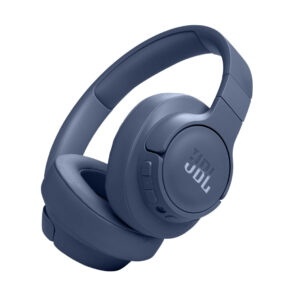
The JBL Tune 770NC are wireless over-ear headphones that combine adaptive noise cancelling with a long-lasting battery and user-friendly features.
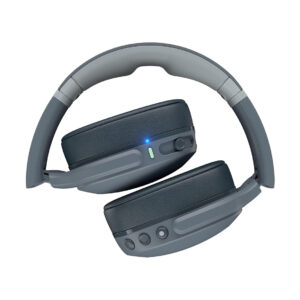
These Skullcandy over-ear headphones offer a strong combo of active noise cancellation (ANC) and wireless Bluetooth connectivity.
Small, lightweight earbuds that are easy to insert and remove, offering portability and convenience.
Pros:
Cons:
Protective ear gear (not true headphones) designed to block loud sounds, ideal for noisy environments.
Pros:
Cons:
Ear Defenders For Kids:
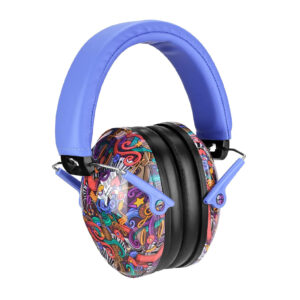
The Prohear Kids Ear Protection earmuffs are designed to provide effective noise reduction for children aged 3 to 12 years. Various colors.
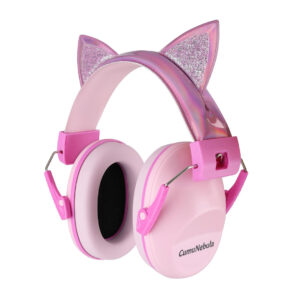
Available in vibrant colors, these earmuffs are both functional and appealing to children, encouraging consistent use. For ages 3 to 16.
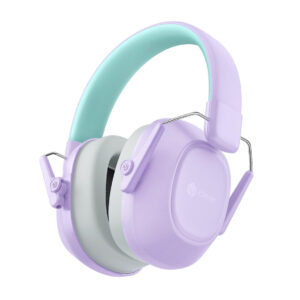
These are passive noise-reducing earmuffs from iClever that offer hearing protection for both kids and adults, especially helpful for people with sensory sensitivities.
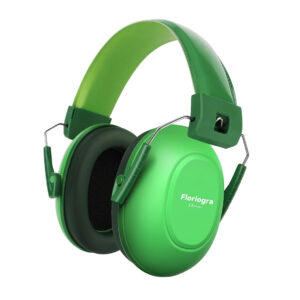
With a 28dB SNR (Signal-to-Noise Ratio), these earmuffs help reduce exposure to loud environments. Ideal for kids aged 3 to 16.
Ear Defenders For Grown-Ups:
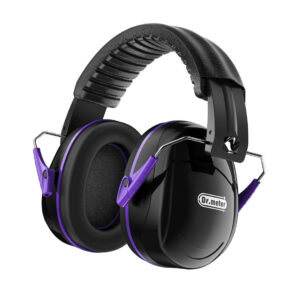
With a Noise Reduction Rating (NRR) of 26dB, these earmuffs help reduce ambient noise. They have an adjustable fit and comfortable design.
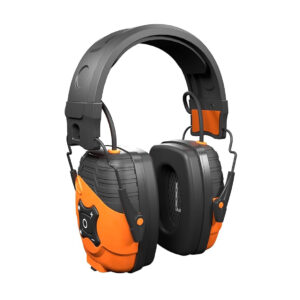
The ISOtunes LINK 2.0 are over-ear Bluetooth earmuffs that combine sound protection with wearable comfort. They reduce noise by about 25 dB.
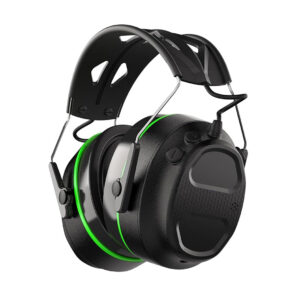
These are Bluetooth-earmuffs (over-ear headphones) designed for hearing protection. They’re built to reduce external noise with a SNR of about 30 dB.
When chosen and used thoughtfully, noise-canceling headphones do more than just reduce sound. They provide a sense of control, help regulate emotions, and make daily activities less overwhelming, empowering individuals with autism to engage more fully with their surroundings and feel more at ease in the world around them.